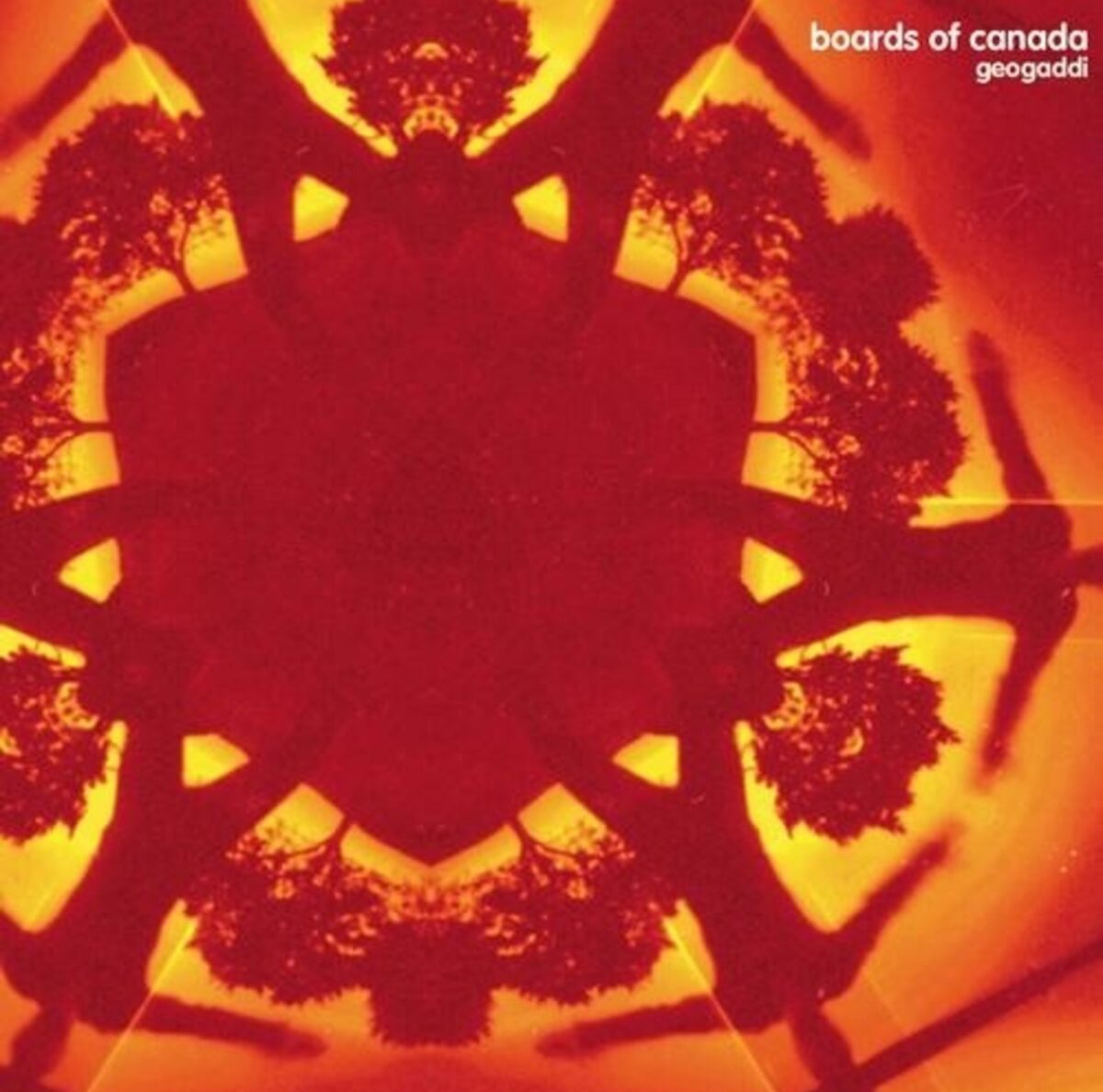In 2002, Boards of Canada became a part of the G.O.A.T conversation for electronic artists. Their work in the tail-end of the 90’s left them with loads of widespread critical acclaim. They already made one of the greatest electronic music albums there is. They didn’t have to do it again, but they chose to anyways.
You can read a hundred reviews for “Geogaddi”, but this is a track by track review for the entire album in reverse. The reversed instrumentation, as well as the numerous hidden messages littered throughout the album suggest that the album was meant to be heard in reverse, so I intend to hear it this way.
THE END
The thick waves on “Corsair” start the album by grazing the coastline of your mind, inviting you to wade into the foamy folds of dark nostalgia presented on this album. It’s an incredible opening track, walling you off from the outside world, leaving nothing but you and whatever you used to be.
What’s incredible is that the tracks on here unfold in similar ways to their straightforward counterparts. Throughout each song, sounds are added in a symmetrical pyramid rather than a slope. Many songs contain unique portions at the beginning and end with a common element connecting them, making them cohesive even when reversed.
The transition from “You Could Feel The Sky” to “Diving Station” is almost seamless, as the sudden sound of the rubber band stretching leaves behind faint industrial oscillations. A feeling of being stuck takes over, suppressed by forces mechanical or otherwise. There is a light somewhere up there, but you know you’ll never be able to reach it.
The serine bells on “Over The Horizon Radar” are another excellent highlight. It sounds exactly like closing your eyes in a garden, feeling the wind pass over your skin, and letting the last of the days sunlight touch you as the sun lowers behind the trees.
This track fades into a repeated message: “We love you all,” a message made unsettling by television static and vocal distortion before being followed up with a far more uncanny message: “If you go down in the woods today, you’d better not go alone.”
Danger looms over this album. Everyone has felt scared before, and Boards of Canada knows this.
“Alpha and Omega” opens with an incredible synth and static combination, slowly introducing flute patterns, while a bubbly beat rages on in the foreground. The static subsides, and is replaced by a sea of of synth harmonies.
The wind, flutes, and whispers of “Opening The Mouth,” suggest the presence of something otherworldly- something that wants you to know it’s watching, but means no harm. Maybe its just your imagination.
Each “mini” track woven into Geogaddi is a microcosm for the overall feeling that the album explores. Each one a new angle examining the intersection of innocence and evil, of curiosity and regret, of youth and what it leaves behind. Everything you need to know about Geogaddi is right there on the cover: the pure happiness of a child becoming kaleidoscopically refracted and tinged until it’s something cold, sterile, and geometric.
“In The Annex” is a good example of this. It doesn’t need to be played forward for this to be conveyed either. It’s all in the music. It’s terrifying.
The main weakness of “Geogaddi” as a reversed album is the percussive elements. Every drum melts into a squashy squibble, losing entrancement along the way. The drums should be grimy and grainy. This is noticeable on tracks like “Dawn Chorus”, “Alpha And Omega,” and especially “Julie And Candy,” which has one of the strongest openings of any reversed track until the drums enter the mix.
There are also vocal sections that don’t work well backwards, like the “Energy Warning” segment that becomes unintelligible garble. It doesn’t help that it’s followed up by the most vocal intensive track on the album, “1969.”
In one case though, the backwards drums and vocals did make for an interesting addition. The track “Sunshine Recorder” has a slightly off-kilter rhythm when played forward, but backwards it’s even more bizarre. When this comes together with “ecalp lufituaeb A,” you can stand on the sky and watch the cars pass by on the road above you. Walking along the clouds brings you to “Dandelion,” a beautiful piece on the synth.
You were meant to hear “Dandelion” backwards.
The penultimate track “Music Is Math” slowly unfurls and furls its bright electric coat before concluding with “Ready Let’s Go,” a track that functions far better as a starting track than an ending track. We’re left with a single snuffed out buzz.
THE BEGINNING
Is it as good as “Geogaddi” forwards? No. There’s a reason they didn’t release it this way. Does it still convey the same abstract feelings as “Geogaddi” forwards? Absolutely, and how many albums can claim the same?

